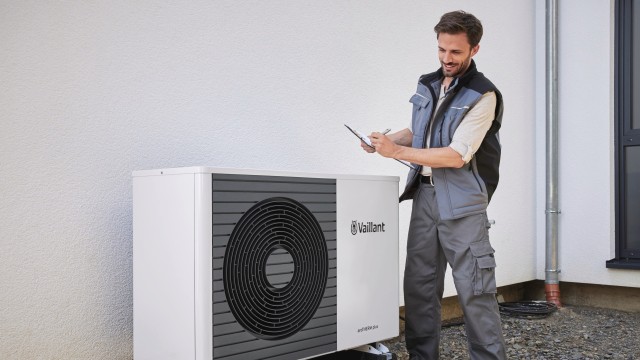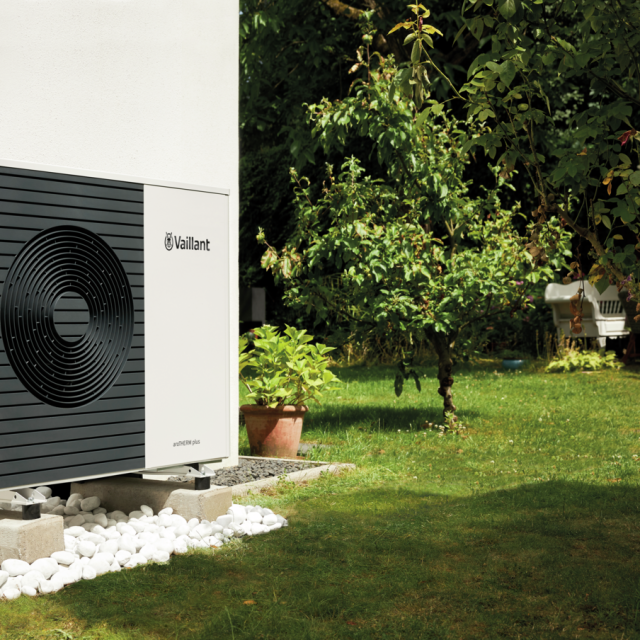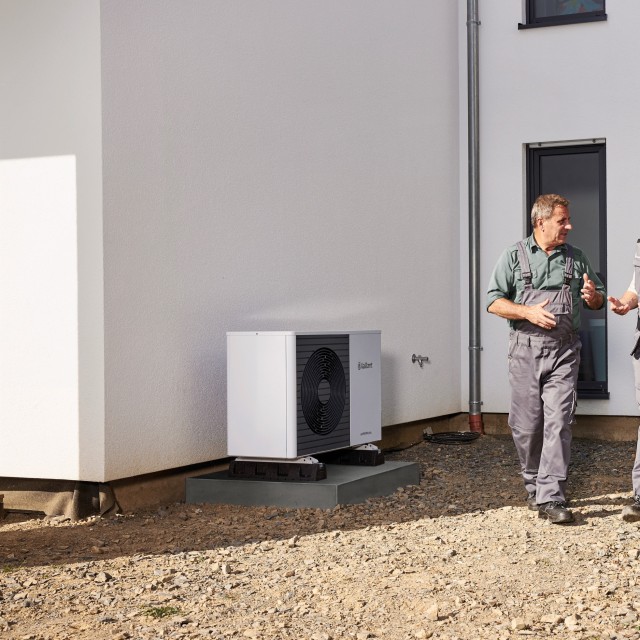Air source heat pumps are equipped with sophisticated sensors and controls that monitor various parameters to determine when the automatic defrosting cycle needs to start. Here’s a breakdown of the process:
1. Temperature and Pressure Sensors
Air source heat pumps have temperature sensors located on the outdoor unit. These continuously monitor the temperature of the refrigerant and the air around the coil. These sensors help detect when conditions are right for frost formation.
Pressure sensors also play a vital role. When the outdoor coil temperature drops below a certain threshold (around 0°C), the pressure in the system can change, indicating a need for defrosting.
2. Defrost Mode Activation
Once the heat pump determines that defrosting is necessary, it automatically switches to defrost mode. During this phase, the heat pump temporarily reverses its operation. Instead of extracting heat from the outside air, it draws warmth from the indoor environment and redirects it to the outdoor coil.
3. Heating the Outdoor Coil
The heat pump uses the hot refrigerant from the indoor unit to warm the outdoor coil. This process melts the frost and ice that has formed, allowing it to drain away. As the frost melts, the heat pump resumes its normal operation, continuing to extract heat from the outdoor air to warm your home.



_image_640w_360h.jpg)



